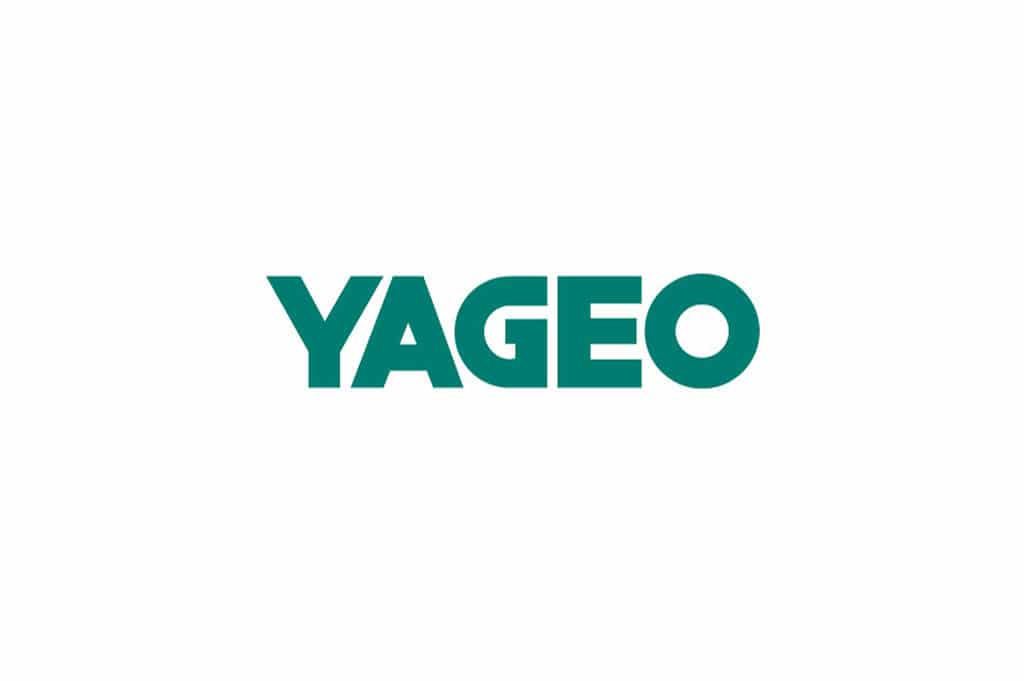According to Yageo Corp, supply constraints worsened after the Lunar New Year holiday in China, as employees did not return to work as planned due to the lockdowns caused by the outbreak.
“Demand remained strong in February, but the company’s capacity in China was restricted by the epidemic, which slowed the resumption of production,” Yageo said.
To solve the capacity bottleneck, Yageo plans to fully utilize its factory in Kaohsiung, Taiwan. To do so, the company plans to hire 1,500 workers and 100 engineers to boost production in Taiwan, it said.
Looking ahead, supply would continue to be constrained in the short term, the company said, but added that it is optimistic about revenue outlook in the long term.
Yageo Corp yesterday reported a double-digit decline in revenue for last month, as the COVID-19 outbreak stalled the full resumption of operations at its plants in China.
Consolidated revenue tumbled 13.5 percent year-on-year to NT$2.68 billion (US$88.95 million), from NT$3.3 billion, the lowest level in about two-and-a-half years. On a monthly basis, revenue slumped 18.7 percent.
Revenue in the first two months of this year totaled NT$5.99 billion, down from NT$7.88 billion in the same period last year, the company said.
The company had hoped to boost its China factory utilization rate to 60 to 65 percent by the end of this month.
However, as transportation restrictions remain in place in China, it now aims to lift the rate to 50 percent at the end of the month, from between 35 and 38 percent last month, it said.
“Shipments declined more than 50 percent last month from the previous month as the company saw its inventory turnover of finished goods fall to below 30 days,” Yageo said.
The company also blamed severe delays in transportation and customs declaration for the revenue decline.
Walsin Technology Corp, other Taiwan passive components maker, reported that revenue last month fell 13.4 percent year-on-year and 5.2 percent month-on-month to NT$1.91 billion, as the outbreak led to labor shortages and reduced working days.
In the first two months of this year, revenue dipped 28.71 percent annually to NT$3.93 billion, from NT$5.51 billion, it said in a statement.
